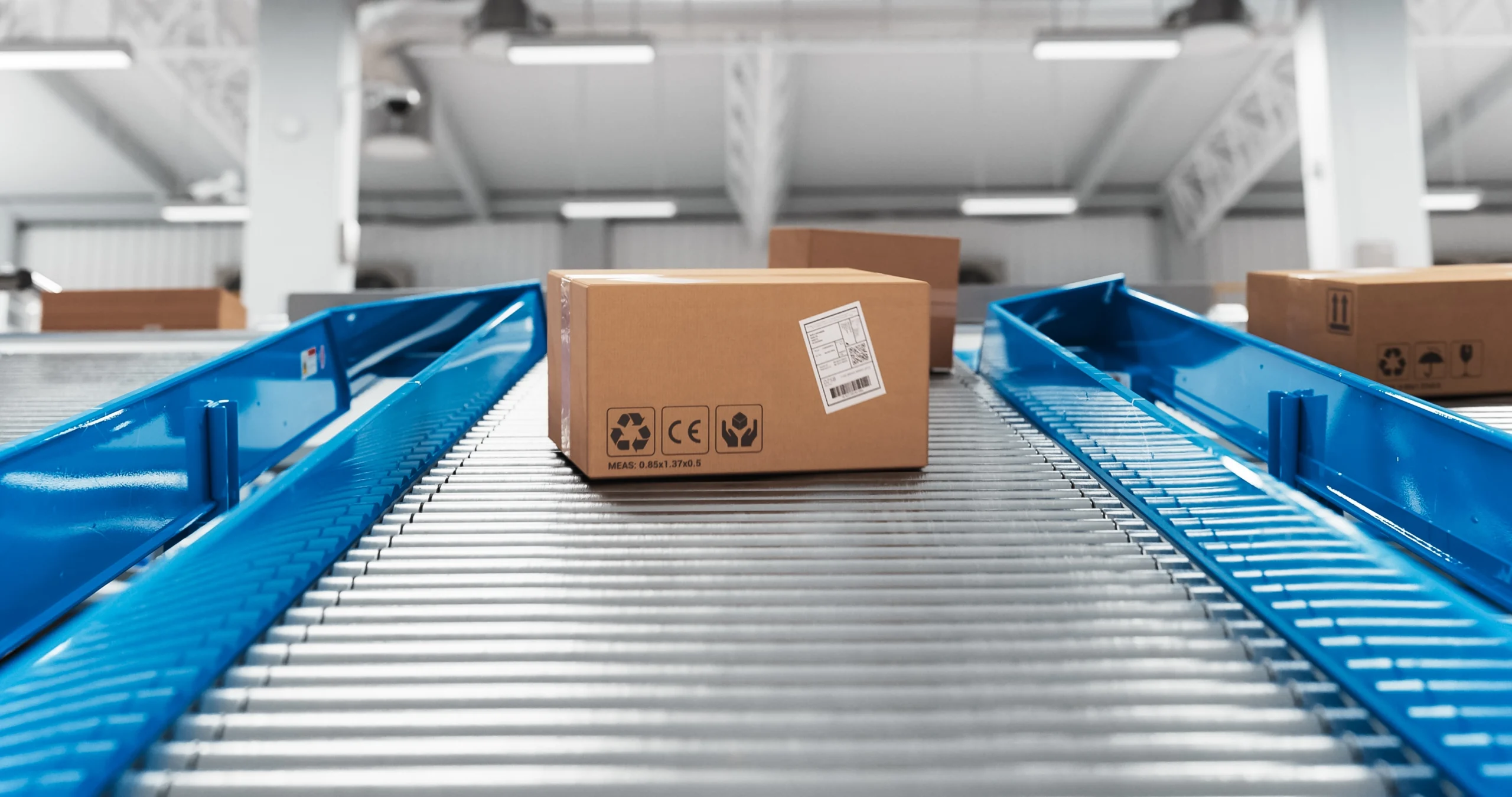General Rate Increases (GRIs) can be confusing across modes, especially for less-than-truckload. Below outlines why and how carriers impost GRIs, what a GRI will impact, and how to mitigate the impact of a GRI. In Summary: General Rate Increases (GRIs) … Read More
Explore All Resources
Recent Posts
- Understanding Less-Than-Truckload (LTL) General Rate Increases & How FreightWise Helps You Manage Them
- Furniture Transport and Logistics: How to Move Your Furniture Smartly
- 2025 Parcel Shipping News & Rate Updates
- What to look for when selecting a TMS for Furniture & Home Products
- 2025 Holiday Shipping Deadlines, Surcharges & Shipping Best Practices

Furniture Transport and Logistics: How to Move Your Furniture Smartly
Moving furniture is one of those tasks that sounds simple until you’re knee-deep in logistics. It often calls for in-home, white glove delivery, a level of service that demands extra care, timing, and coordination. At FreightWise, we understand these challenges—and … Read More

2025 Parcel Shipping News & Rate Updates
As the parcel industry continues to grow and evolve, parcel carriers make frequent changes to parcel agreements, rates, accessorials and more. Staying up to date on critical parcel carrier changes is important even for businesses shipping minimal parcel volume. FreightWise … Read More

What to look for when selecting a TMS for Furniture & Home Products
The right Transportation Management System (TMS) is critical for any furniture or home products shipper. It becomes not just an execution tool, but it can help you optimize your shipping cost, ensure customer satisfaction, and give you optionality when you … Read More

2025 Holiday Shipping Deadlines, Surcharges & Shipping Best Practices
As we get closer to November, understanding what will be driving Holiday 2025 is critical for shippers to stay ahead. Knowing dates that FedEx, UPS, and the U.S. Post Office are closed will help ensure you aren’t overpromising to your … Read More

The Logistics & Transportation of Halloween
All Hallows’ Eve, or Halloween, began as a Celtic festival where people donned costumes and masks and lit bonfires in an attempt to ward off evil spirits. Over the years, the holiday has changed to be more about dressing up as your … Read More

TMS for Food & Beverage: Optimize Perishable Goods Logistics
Food and beverage businesses have complex supply chains with many unique characteristics: tight margins, fresh products that may spoil, expiration dates on products, complicated inbound requirements, and more. Getting the right volume of products at the right time and location … Read More

Solve Construction Logistics & Manufacturing Challenges with a Cloud TMS
Hundreds of manufacturing companies trust Kuebix by FreightWise – from Fasteners to HVAC equipment. We understand the unique challenges in your industry, that’s why Kuebix provides: Actionable Analytics for Accountability: Leverage data to make smarter shipping decisions and hold carriers … Read More

11 Ways to Improve Your Inbound Transportation Shipping Operations
Shipping inbound freight is part art, part science. But driving compliance is critical to better understand how you can plan warehouse labor, hold vendors accountable, and ensure you aren’t overspending on freight. Main benefits to an effective inbound transportation program … Read More

5 Ways to Manage LTL Freight Costs
Securing competitive rates is critical for businesses that depend on Less-Than-Truckload (LTL) shipping. It’s not just about pinching pennies; it’s about protecting your bottom line and creating room for growth. In today’s fast-moving market, figuring out if you’re using the … Read More
